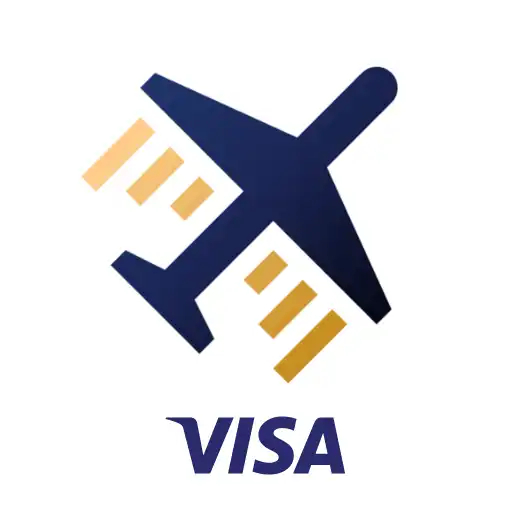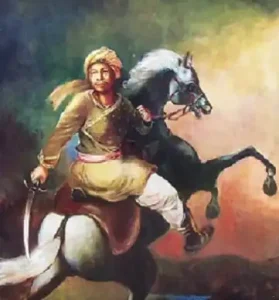Have you ever travelled to another country or dreamt of visiting one? To visit some countries, you might need a visa, which is very important.
A visa is an official stamp or sticker that goes into your passport. It shows that a country has permitted you to enter, stay for a while, or leave their country. It’s like getting a special invitation to visit!

The full form of “VISA” in the context of travel and immigration is “Visitors International Stay Admission”.
Why Do We Need a Visa?
Each country has its own rules. Some want to check who is coming in to make sure everyone is safe. That’s where a visa comes in. It helps countries know:
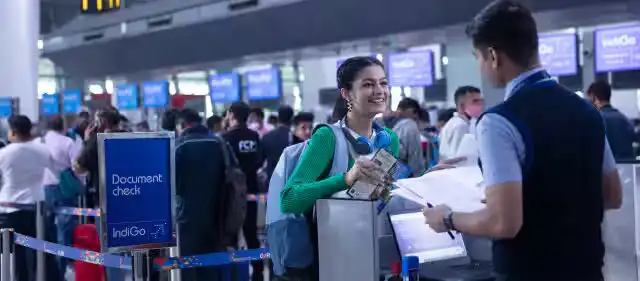
- Who you are
- Why you’re visiting (for fun, study, or work)
- How long you’ll stay
Some countries have visa-free travel. That means if you’re from a certain country, you don’t need a visa to visit for a short time. Lucky you!
Types of Visas
There are many kinds of visas, such as:
- Tourist visa – for holidays or visiting family

- Student visa – for studying abroad
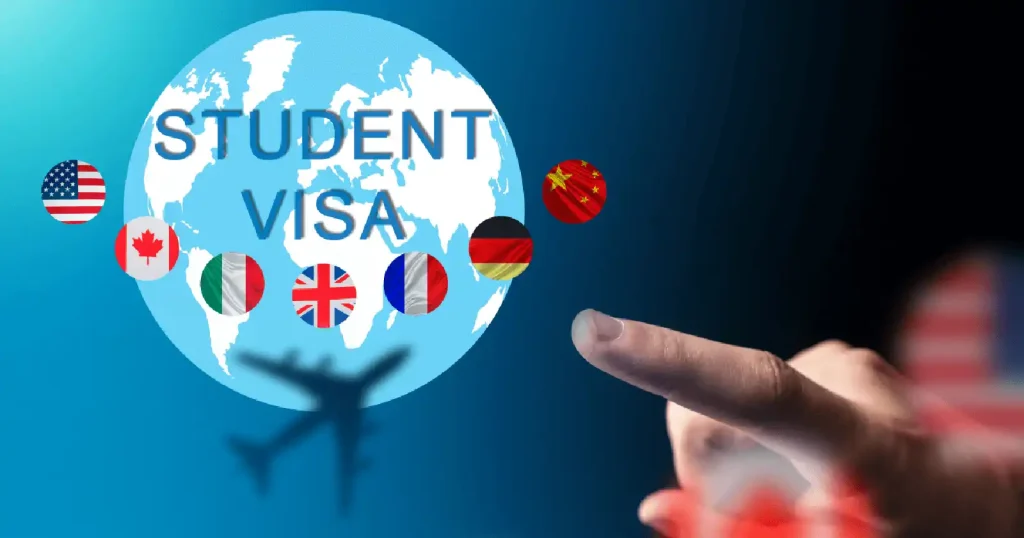
- Work visa – for jobs in other countries

How Do You Get a Visa?
You usually apply online or at an embassy. You may need to fill out forms, give a photo, and even go for an interview.

What is visa on arrival
A “visa on arrival” is a type of visa thatis issued to foreignnationals at the pointof entry to acountry, such as an airport or land border, rather than requiring pre-application at an embassyor consulate.

Here’s a more detailed explanation:
- What it is: Instead of needing a visa before you travel, you apply for and receive the visa upon arrival at the designated entry point.
- How it works: You typically present your passport and any required documents to the immigration authorities at the border, who will then process your visa application.
- Countries offering visa-on-arrival: Many countries offer visa-on-arrival programs for certain nationalities, making travel planning easier for some travellers.
- Examples: Some countries that offer visas on arrival include Kenya, Myanmar, Saint Lucia, Sri Lanka, Suriname, Tajikistan, Tanzania, and Thailand.
- Benefits: Visa on arrival can simplify travel plans, especially for those who might not have time to apply for a visa in advance.

Visa-free countries for India
Indian passport holders can enjoy visa-free entry to numerous countries, including popular destinations like Thailand, Bhutan, Nepal, Sri Lanka, Kazakhstan, and Mauritius, among others.
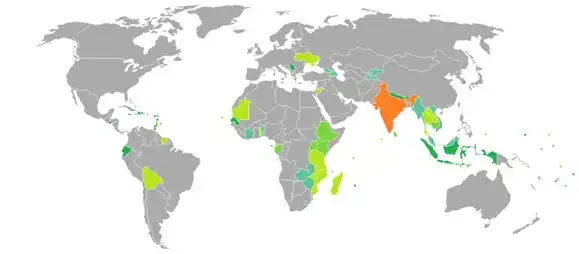
Here’s a more detailed list of visa-free and visa-on-arrival countries for Indian citizens:
What is visa Stamping
Visa stamping, or the process of obtaining a visa stamp, is the act of a foreign governmentissuing aphysical stamp or sticker in your passport, granting you permission to enter and stay in their countryfor aspecificpurpose and duration.

Here’s a more detailed explanation:
- What it is: A visa stamp is a physical mark, usually a sticker, placed in your passport by a consular officer at a foreign embassy or consulate.

- Purpose: It proves that you have been granted permission to enter and stay in a particular country for a specific reason, such as tourism, work, or study.
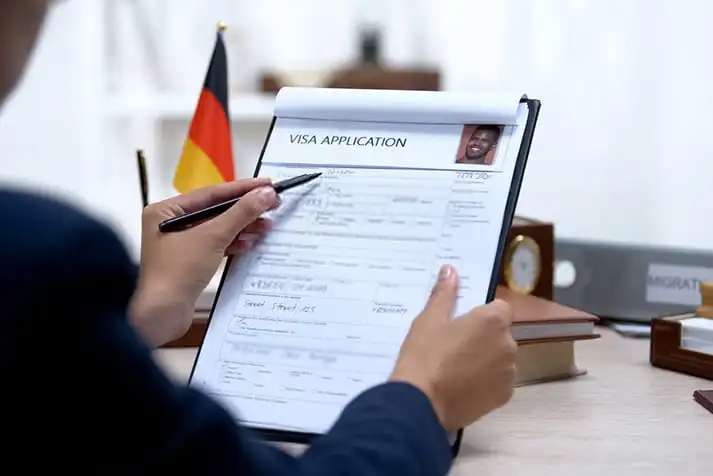
- Process: To obtain a visa stamp, you typically need to:
- Complete and submit an official visa application form.
- Schedule an interview or appointment with the relevant embassy or consulate.
- Appear for an interview (if required) and provide supporting documents.
- Await approval and receive the visa stamp in your passport.

- Example: A common example is the H-1B visa stamping process, where Indian professionals obtain a visa stamp in their passport from a U.S. consulate after their H-1B visa petition is approved by the USCIS.

- E-Visas: Some countries offer electronic visas (e-visas), which are not physical stamps but electronic authorisations that you can print and present with your passport.

For more interesting articles, please visit www.kidzherald.com

